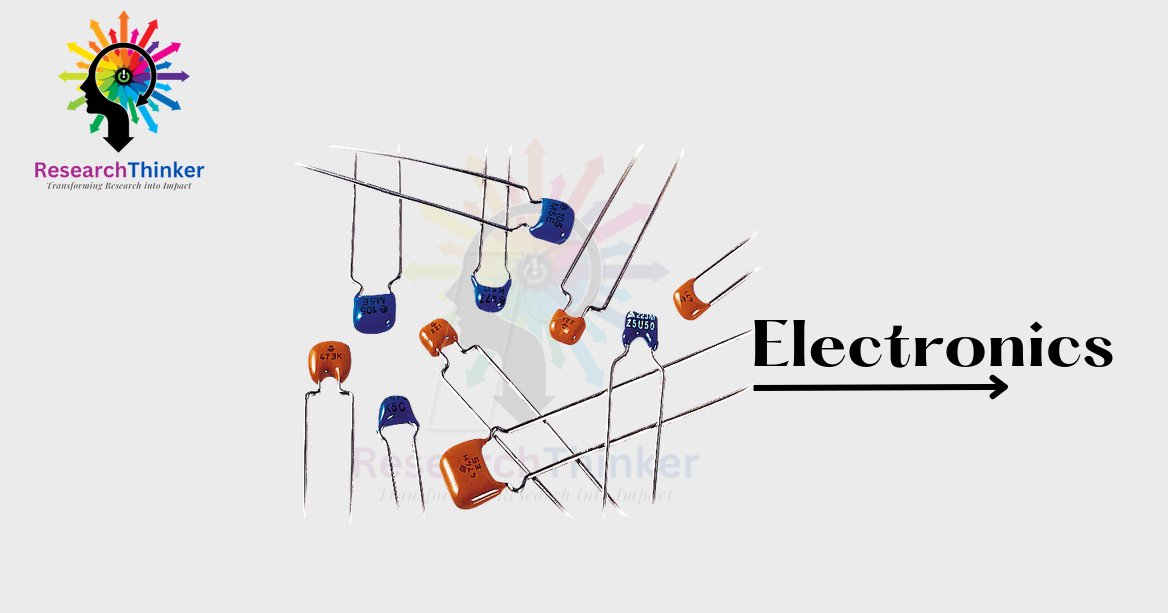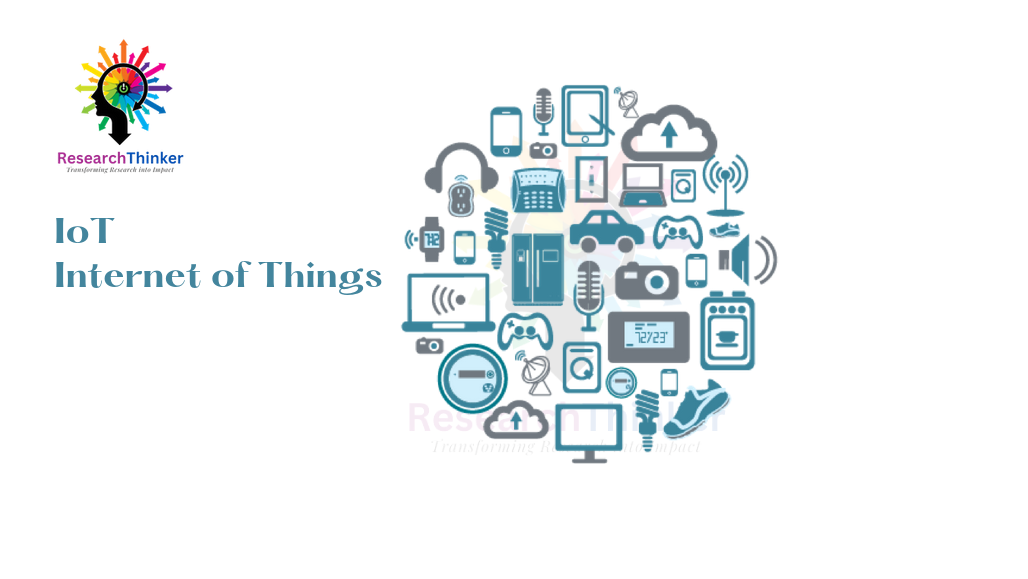The RP2040 and Raspberry Pi are very popular products, each serving different purposes.
Comparison between the RP2040 and Raspberry Pi
| Aspect | RP2040 | Raspberry Pi |
| Type | Microcontroller chip | Single-board computer |
| Purpose | Designed for embedded systems | General-purpose computing |
| Processing Power | Dual-core ARM Cortex-M0+ processor | Higher processing power (e.g., Quad-core ARM) |
| RAM | Limited RAM (often in kilobytes) | Larger RAM capacity (e.g., 2GB, 4GB, 8GB) |
| Storage | Requires external flash memory | Onboard storage (microSD card, eMMC, etc.) |
| I/O Interfaces | Limited GPIO and communication options | Extensive I/O (USB, HDMI, Ethernet, GPIO, etc.) |
| Operating System Support | Not designed to run full OS | Runs full-fledged operating systems (Raspberry Pi OS, Ubuntu, etc.) |
| Applications | Embedded systems, low-power projects | Web browsing, software development, media centers, IoT |
| Programming Languages | C/C++, MicroPython, CircuitPython, etc. | Python, C/C++, Java, etc. |
| Connectivity | Basic connectivity options | Extensive connectivity options (USB, Ethernet, Wi-Fi, Bluetooth, etc.) |
| Size | Compact and small | Larger form factor (varies with Raspberry Pi model) |
| Power Consumption | Lower power consumption | Higher power consumption (depends on usage) |
| Cost | Cost-effective and budget-friendly | Relatively higher cost (due to full computing capabilities) |






